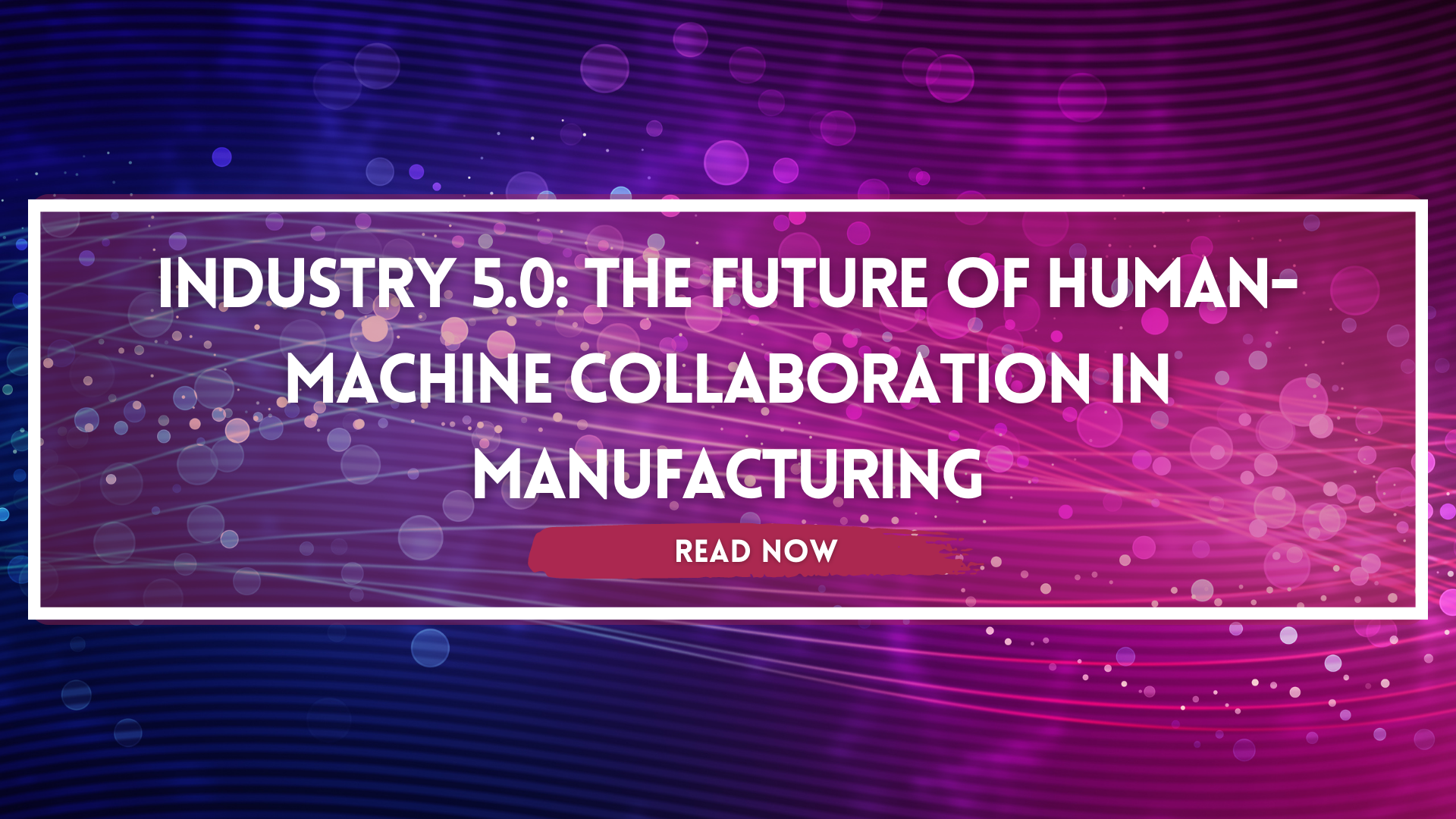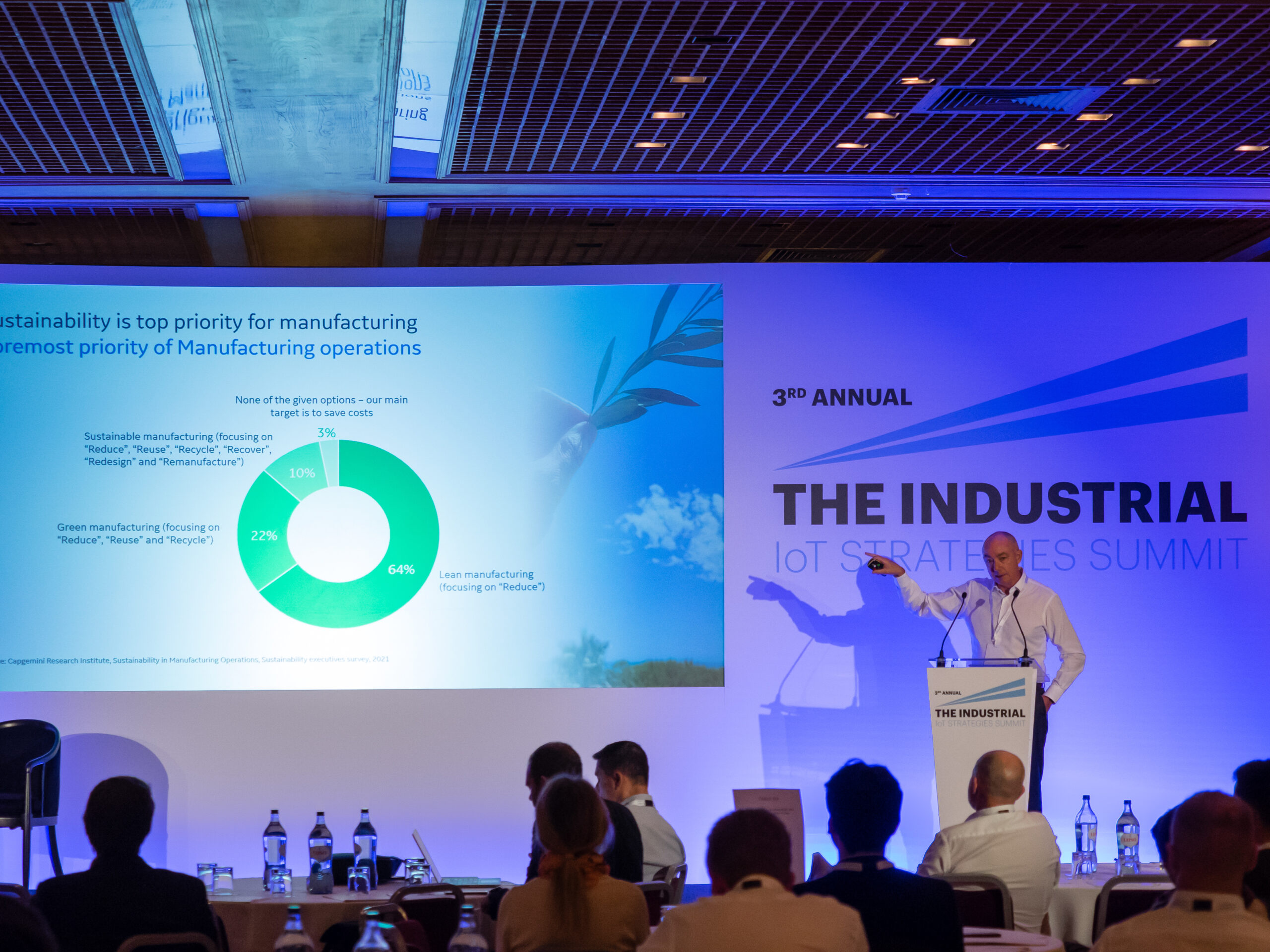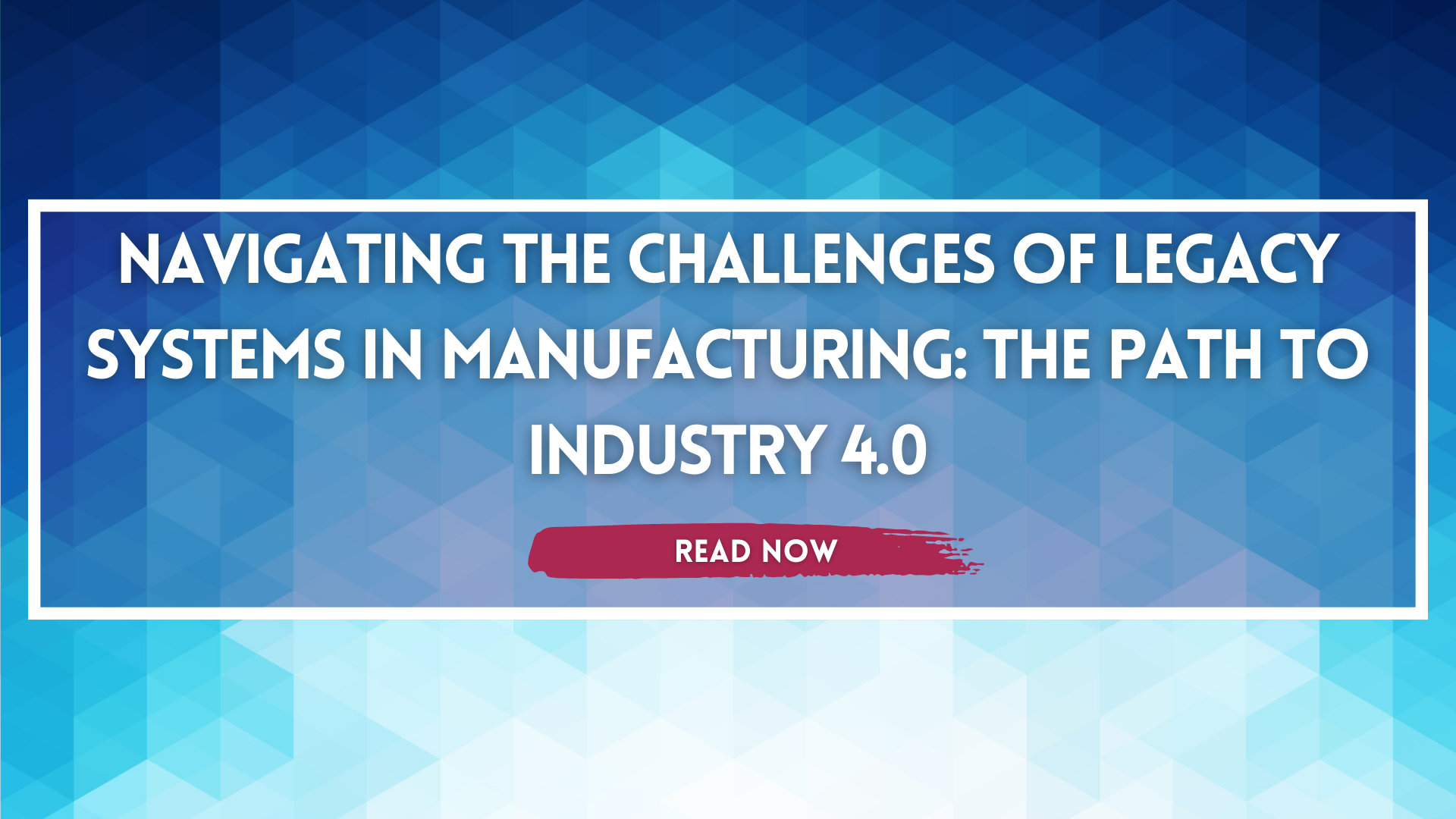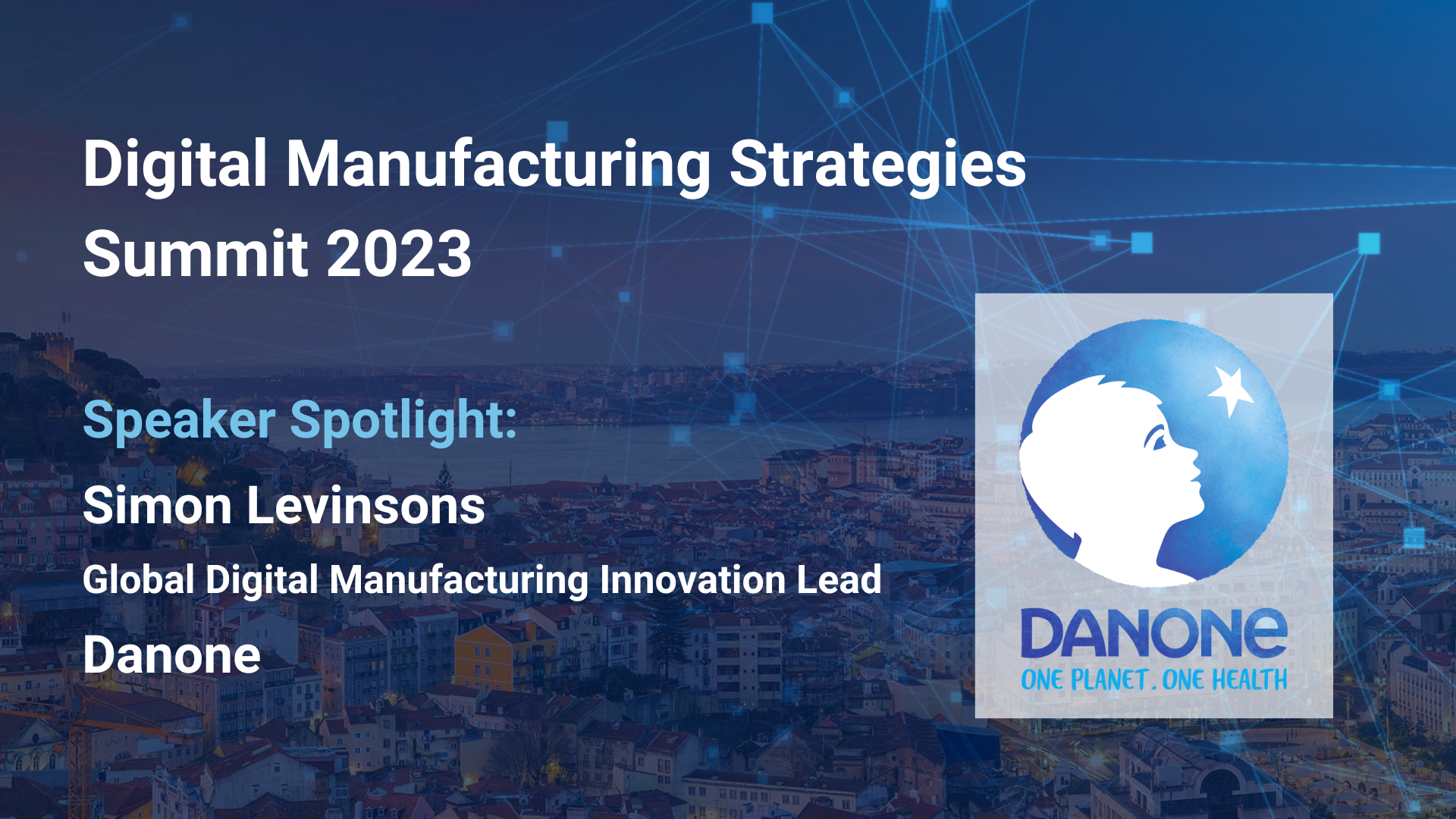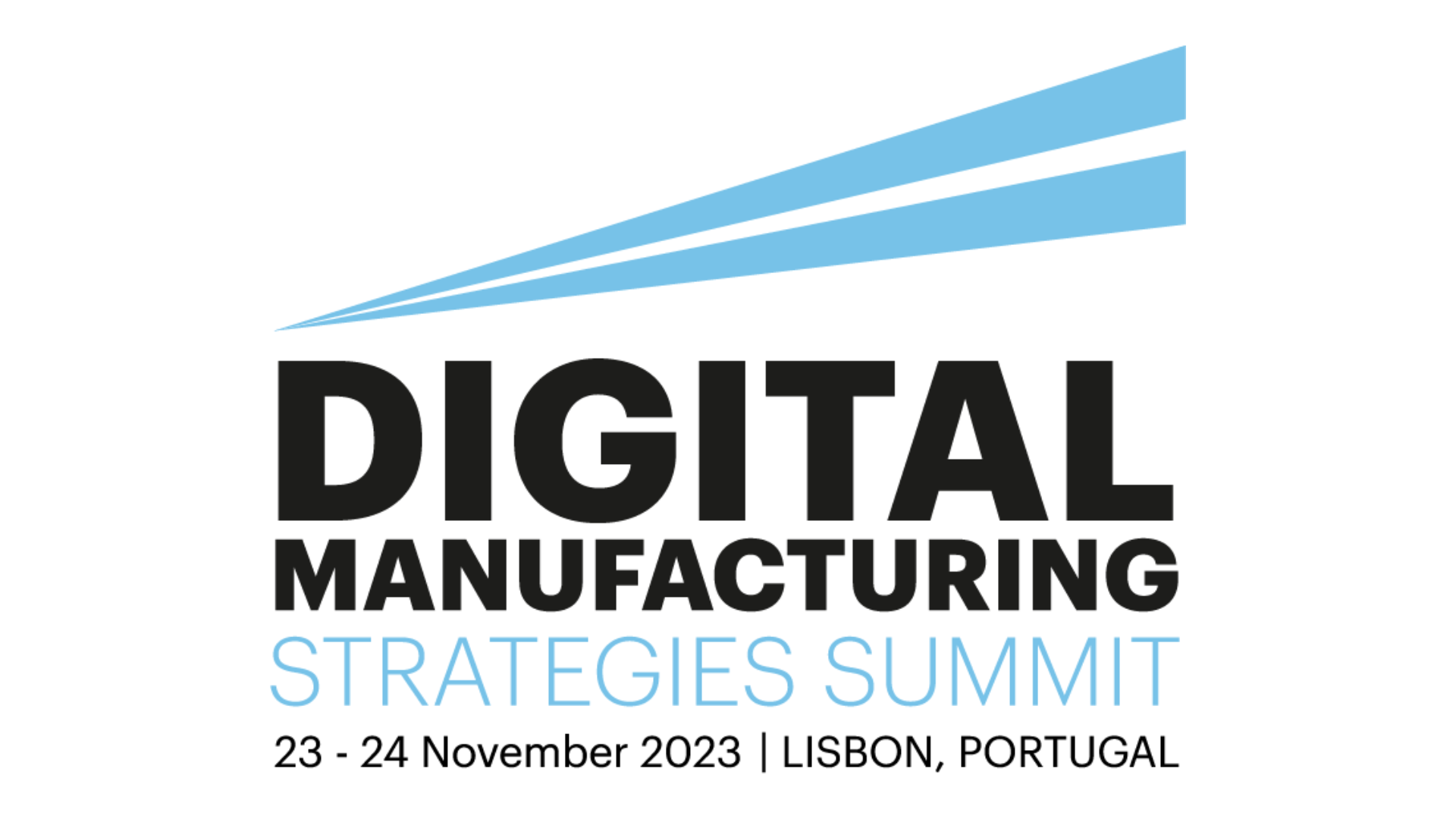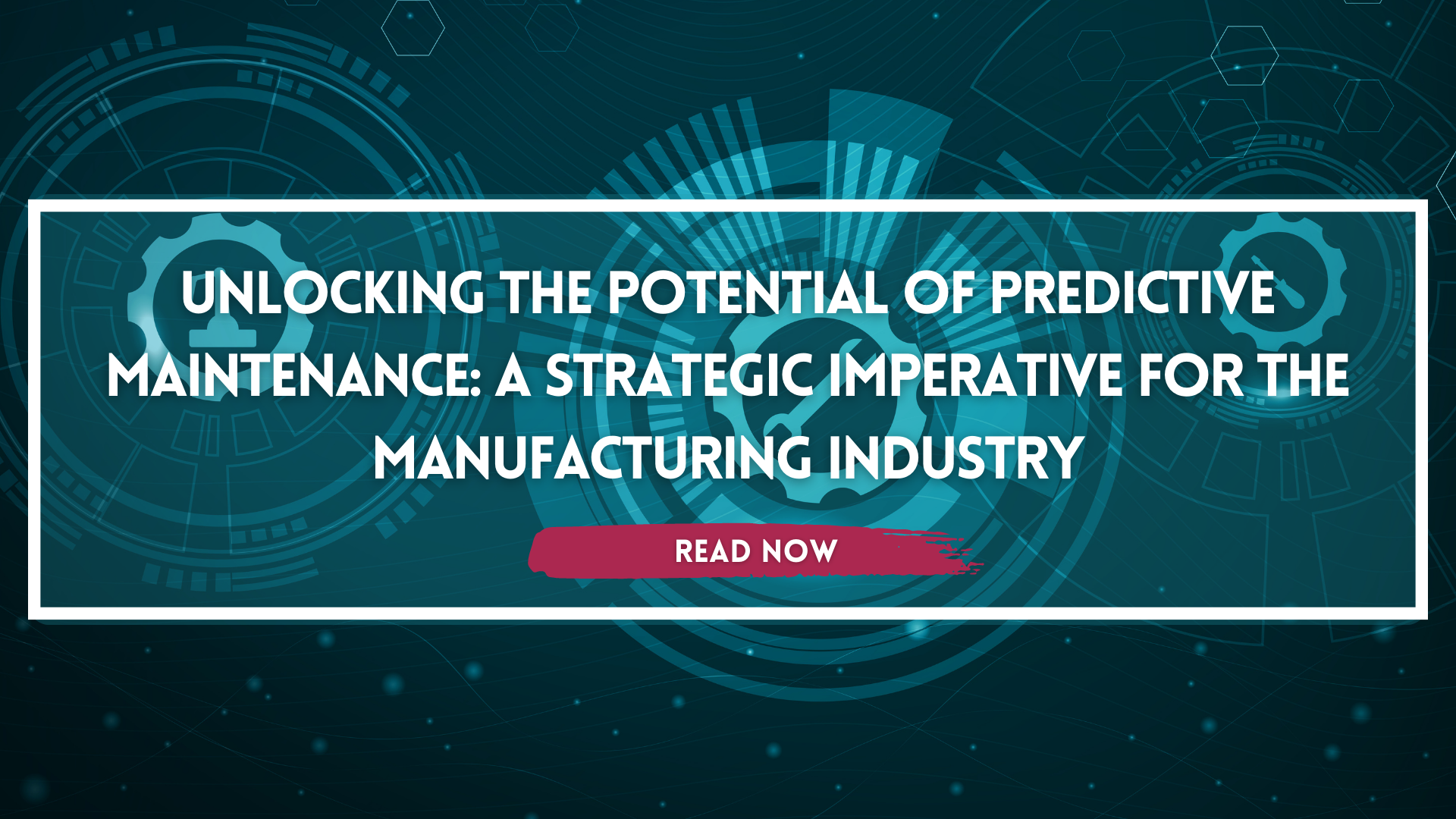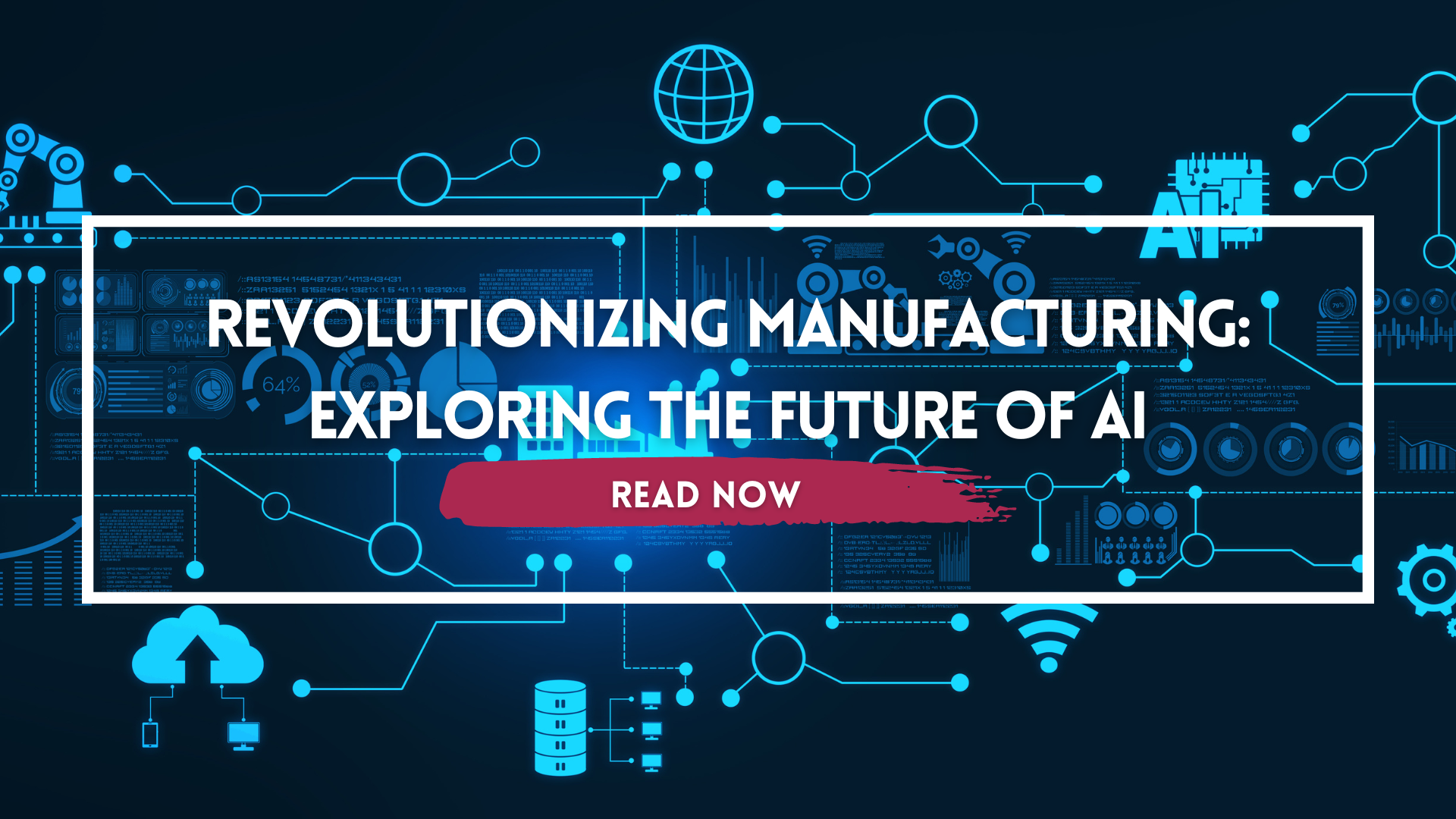The Fourth Industrial Revolution, known as Industry 4.0, has brought forward a plethora of technological advances, from the Internet of Things (IoT) to advanced robotics. As we transition to Industry 5.0, the focus shifts from automation and digitalisation to the collaboration between humans and machines. This fusion aims to create a synergy where both entities coexist, co-work, and co-innovate in a harmonised environment.
Understanding this symbiosis is crucial for senior manufacturing executives, especially when evaluating how to implement these changes into current systems. This article delves into the key challenges and solutions associated with the integration of human-machine collaboration in modern-day industries.
1. Enhancing Safety in Collaborative Environments
Challenge:
Ensuring human safety in shared workspaces becomes paramount as machines become smarter and more capable. With advanced robots performing complex tasks alongside human workers, there is an inherent risk of injury due to miscalculations or unpredictable human behaviour.
Solution:
Advanced sensor technologies and AI-powered predictive analytics can be employed to anticipate potential collisions or unsafe scenarios. In tandem, robots can be designed with softer materials and fail-safe mechanisms that stop operations when a human is too close. Also, the implementation of augmented reality (AR) can assist in providing real-time visual cues to workers about machine actions, ensuring heightened awareness in shared spaces.
2. Increasing Efficiency through Seamless Integration
Challenge:
One of the primary goals of human-machine collaboration is to boost efficiency. However, integrating advanced machinery with human workers can initially disrupt workflows, causing potential inefficiencies.
Solution:
Adaptive algorithms can be implemented to enhance efficiency, allowing robots to learn from human workers. These algorithms can observe, learn, and eventually predict the best ways to assist human workers, optimising the workflow. Training programs tailored for human-machine collaboration can also speed up the learning curve and streamline integration.
3. Improving Production Output with Collaborative Insights
Challenge:
While machines excel in precision and consistency, humans possess intuition, creativity, and complex problem-solving abilities. The challenge lies in leveraging these complementary strengths to increase production output.
Solution:
Collaborative robots, or “cobots”, can be equipped with AI that takes feedback from human operators. By integrating human insights into machine operations, industries can fine-tune processes that might otherwise be too complex or nuanced for machines alone. This mutual feedback loop can lead to innovative production methods, ultimately increasing output.
4. Navigating the Skills Gap
Challenge:
The evolving manufacturing landscape requires workers to possess new skill sets. There’s a growing concern that the rapid pace of technological advancement might outpace workforce adaptability, leading to a skills gap.
Solution:
Industries can invest in continuous training and upskilling programs. Emphasising the value of human intuition and decision-making, while equipping workers with the knowledge to collaborate with machines, can bridge this gap. Additionally, institutions can be encouraged to incorporate human-machine collaboration into their curriculums, preparing the next generation for Industry 5.0.
The integration of humans and machines is the next frontier in industrial innovation. As we delve into this realm, it’s crucial to remember that machines are tools designed to amplify human capabilities, not replace them. For manufacturing executives, fostering an environment where humans and machines collaborate harmoniously will be the key to unlocking unprecedented efficiency, safety, and innovation levels. Industry 5.0, in essence, is not just about technological evolution but an evolution in thought that places humans at the heart of industrial advancement.
Industry 5.0 at the Digital Manufacturing Strategies Summit
An arena where the concepts and challenges of Industry 5.0 come to life is the Digital Manufacturing Strategies Summit. Recognised globally for its cutting-edge discussions and pioneering presentations, this summit emphasises the role of Industry 5.0 in shaping the future of manufacturing.
To make this transformative knowledge accessible to the industry’s decision-makers, the summit is offering free delegate passes — a generous saving of £999.
If you have insights, innovations, and strategies to share, there are still speaking places available. Get in touch with Kristina at kristina@intrinsic-communications.com to learn more!
Limited sponsor packages remaining
Sponsoring the Digital Manufacturing Strategies Summit not only provides a platform to share your solutions with key buyers but also include invaluable benefits such as 1-2-1 meetings, speaking opportunities, and participation in roundtables. Don’t miss out on this unique chance to engage, influence, and network with the architects of the next industrial revolution.
More information about sponsorship opportunities here – get in touch with Robi on robi.harper@intrinsic-communications.com to learn more!
